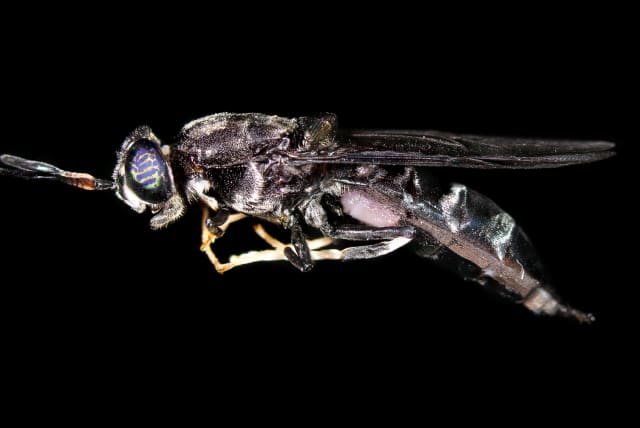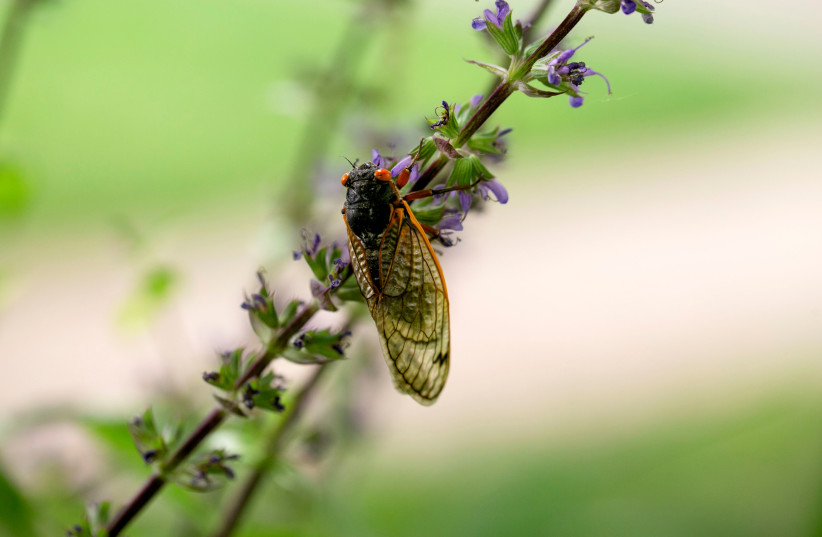Why should anyone want to eat bugs instead of cows?

Growing interest in insect farming as a source of protein may have you wondering why anyone would want to eat a crunchy creepy-crawly rather than stick with traditional, mooing protein sources.
A recurring trend in the food-tech space is the cultivation of alternative proteins that forgo the need for cattle farming, which is both an important source of the world’s protein supply and an extremely disadvantageous one.
Today’s livestock and animal food protein industry consumes a staggering amount of water and uses some 70% of the world’s farmlands in order to produce feed for the animals it grows. As well, cattle farming is one of the world’s primary contributors to greenhouse gas emissions.
With these problems in mind, the need for alternative protein sources has become more apparent, and while plant-based proteins are taking off and finding reasonable success, some argue that a fuller protein with greater nutritional value can be found in a more unusual source: insects.
Are you feeling okay honey? You’ve hardly touched your pupa casserole – why use insects as food?
According to the 2022 edition of intellectual property law firm Appleyard Lees’ “Inside Green Innovation: Progress Report,” global patent investments more than doubled (from 133 to 278) between 2015 and 2020, marking a significant increase in attention from innovators on insects as a food source – but why?
- Efficiency: Insects are able to convert feed into protein more efficiently than traditional livestock, meaning that less land and water are required to produce the same amount of protein;
- Lower greenhouse gas emissions: Insects produce significantly less greenhouse gas emissions than traditional livestock, which is a major contributor to climate change;
- Reduced water usage: Insects require less water than traditional livestock, making them a more sustainable option in regions where water is scarce;
- Low cost: Insects can be produced at a lower cost than traditional livestock, which could help to make protein more affordable for people living in developing countries;
- High protein: Insects are high in protein, which makes them a good source of nutrition for humans and livestock alike.
Black Fly falafel, anyone?
“The world is facing an unprecedented food crisis, with the global population expected to reach 10 billion people by 2050 – thus new technologies are needed urgently to sustainably produce, store and transport animal protein feed,” said Dr. Yuval Gilad, CEO of FreezeM.
FreezeM is a company that develops biotechnology for breeding black soldier flies (BSF), which is one of the primary focuses of the insect protein market. In fact, BSF cultivation is seen as such a potential bombshell innovation that the Israel Innovation Authority announced the devotion of NIS 28 million to launch an innovation consortium – a group of tech companies – focused on fine tuning the breeding, farming and nutritional benefits of BSF, with the aim of turning the insects into a primary protein source in the future.
“The creative use of bugs as a solution to the problem of organic waste hazards, while reducing environmental pollution has proven itself to be highly effective,” said Aviv Zeevi, VP of technological infrastructure at the Israel Innovation Authority. “Bugs have high nutritional potential, produce fewer greenhouse gases and emit less ammonia than farm animals – industrial-scale farming of bugs requires less space, water and land than a cattle farm, and they are more effective at converting food to biomass.”
Will we be eating more bugs in the future, the likely answer is yes – though for now, innovators certainly have an uphill battle to fight in terms of marketing it as a delicious alternative to favorites like steak and salmon.
Jerusalem Post Store
`; document.getElementById("linkPremium").innerHTML = cont; var divWithLink = document.getElementById("premium-link"); if (divWithLink !== null && divWithLink !== 'undefined') { divWithLink.style.border = "solid 1px #cb0f3e"; divWithLink.style.textAlign = "center"; divWithLink.style.marginBottom = "15px"; divWithLink.style.marginTop = "15px"; divWithLink.style.width = "100%"; divWithLink.style.backgroundColor = "#122952"; divWithLink.style.color = "#ffffff"; divWithLink.style.lineHeight = "1.5"; } } (function (v, i) { });


